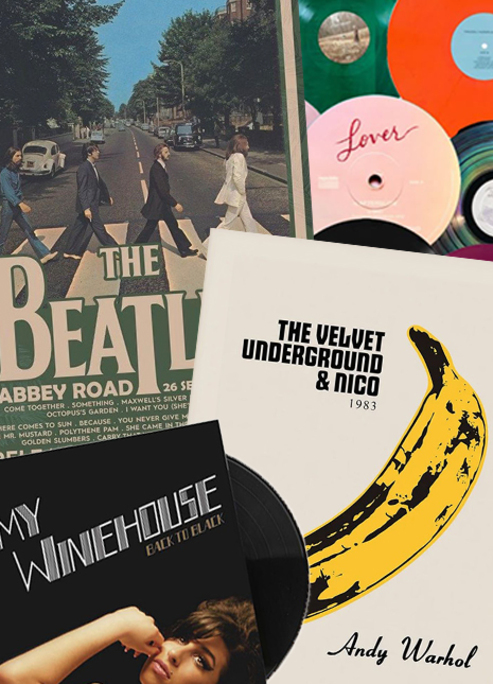
A Quick Guide to Writing an Outstanding Essay Conclusion
Spell out your thoughts in a clear and concise manner.
If you’ve been stuck writing a paper conclusion at least once in your life, you belong to the majority of people who go through the same challenges as you do.
While there are students who think that wrapping up an essay is a piece of cake, a large part of young college writers and professionals often struggle to conclude their work. Even if the entire writing process went smooth and easy, the final paragraph often makes them pull their hair out. Maybe you will have run off your inspiration by then, or gotten short off the vocabulary to spell out your thoughts in a clear and concise manner – you never know. The fact is: writing a conclusion is a tall order and if you have a few cheats to make it easier, you’d better use them.
We do, by the way. In this article, you’ll find a pattern for writing an impressive conclusion that may be applied to any essay topic you are writing on. And if you don’t mind getting some help as regards this matter, stay with us.
Why Do You Need to Conclude a Paper?

A conclusion is the final paragraph of your academic essay or research paper that summarizes what has been said previously, encourages the reader to consider the problem deeper or take certain actions, and outlines why this research matters. Without a good conclusion, a paper will be cut halfway leaving the reader with a negative impression of wasted time and complete distrust of the author.
That being said, a conclusion segment is the writer’s last chance to influence the audience, explain why their research and position is important, and clear things up for those who didn’t get the gist from the introduction and body parts.
Main Principles of a Good Conclusion
- Sum up, not present new information. First and foremost, the conclusion is not about introducing new ideas, arguments, or evidence. If you were unable to fit all of your ideas in the body section, just leave them out. Providing new information instead of a summary will cause only confusion and bring the quality of your writing piece down.
- Restate, not rewrite. An impressive conclusion will contain an inference. You can’t simply rewrite your thesis statement; you have to answer a “so what?” question. For example, if you state: “Dogs are loyal”, you should conclude something like: “Dogs make good friends and family members”.
- Encourage further thinking. If the reader forgets about your essay right after they finished reading, why even bother then? You want to leave readers with a strong impression that would trigger further pondering or action. And the conclusion is the perfect part to make the necessary arrangements.
- Be optimistic. Even if your essay is about some dreadful and hideous issues, it is crucial to give the audience hope for a better future. Try to end your paper on a positive note and suggest a brighter picture.
- Keep it no less than three sentences. It is impossible to write a good conclusion in less than three sentences. This brings us to the next section of this article.
The Structure of Conclusion

Why are three sentences a possible minimum for a good conclusion? The answer is in its structure. Every conclusion should have an opening, a summary, and a final sentence.
Traditionally, a conclusion opener restates the thesis statement. However, there are a few other strategies that may be applied for concluding a paper. They will be outlined further in the article.
Next, you’ll have to provide a summary of the main points of your essay. The length of this part largely depends on the assignment and quantity of your arguments. On average, students need up to three sentences to sum up what was going on in their entire work. Here, it is important to mention the connection between your arguments rather than regurgitate the bulleted list.
Finally, use the last sentence to give your reader a sense of closure, motivate them for some changes or actions, or connect your research to a major issue.
Ideally, the reader should grasp the main idea of the essay and its structure from reading the conclusion alone. So when getting down to the final paragraph, keep it concise and coherent.
Best Strategies to Conclude Your Paper

So far, we’ve been talking about what a strong and impressive conclusion should look like. Now, it’s time to figure out how to achieve this result. There are a few techniques to address the problem when your head is empty and you have no idea where to start. Writing professional papers, even seasoned writers don’t neglect the chance to use them, so shouldn’t you.
Echoing. In this scenario, you have to build a so-called full circle of life where the conclusion paraphrases the introduction serving the idea as if from the other side of the mirror. And at the same time, it allows your reader to understand your point better.
Let’s say you want to share a story about going to Disneyland with your friends. In the introduction, you may tell the audience about your thrill of having gotten there, as well as how it brought out the child in you. In the conclusion then, you should sum up this idea by saying that you were happy to feel childish and careless again.
This technique looks especially delicious in creative writing essays.
Forecasting. To give your writing additional weight, try to look in the future. Thus, you will give your audience something to ponder about and highlight the significance of your essay. To present the information powerfully, use “if” and “when” words.
Intensification. If you think that your research is part of a larger issue, and you want to stress upon it, you may choose to heighten the key point of your work or look at it from a different perspective.
That being said, follow our guide – and avoid lame “to sum up” expressions – and your conclusion will be legendary!











